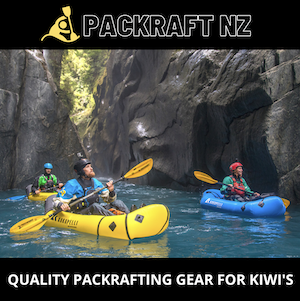Fantastic after-work paddle
Below Arthurs Point, there’s a section of the mighty Kimi Ākau / Shotover River, which gives you a taste of its legendary canyons and whitewater.
With appropriate gear, some basic river knowledge and respect for the hazards, most people can enjoy a paddle through this section, which is becoming very popular as an after-work summer outing.
Thanks to Andrew Blackford and the Friends of Shotover River Facebook group for info and pictures.
The hot tips upfront:
Go at the right time:
Only 5.30pm to 10pm, Wednesday and Friday.
At other times, the Shotover Jetboat zooms through this narrow stretch – jetboats & swimmers, paddlers and kayakers don’t mix. It is your responsibility to check the QLDC Website and Friends of Shotover River Facebook group for updates.
Understand the hazards
There are rock walls, strainers, sieves, historic mining objects in the river, potential foot entrapments and hydraulics.
- These hazards are easy to avoid. If you pay attention and paddle away from them early.
- Crashing into, or being trapped by these hazards can be deadly.
- Each person needs to be able to recognize and navigate around these hazards.
Examples of these hazards on the Shotover – Strainers at the end of ‘big beach’ and a chunk of sharp metal in the river, last seen a few hundred metres upstream of the strainer. Images by Dennis Behan / Friends of Shotover River Facebook Group
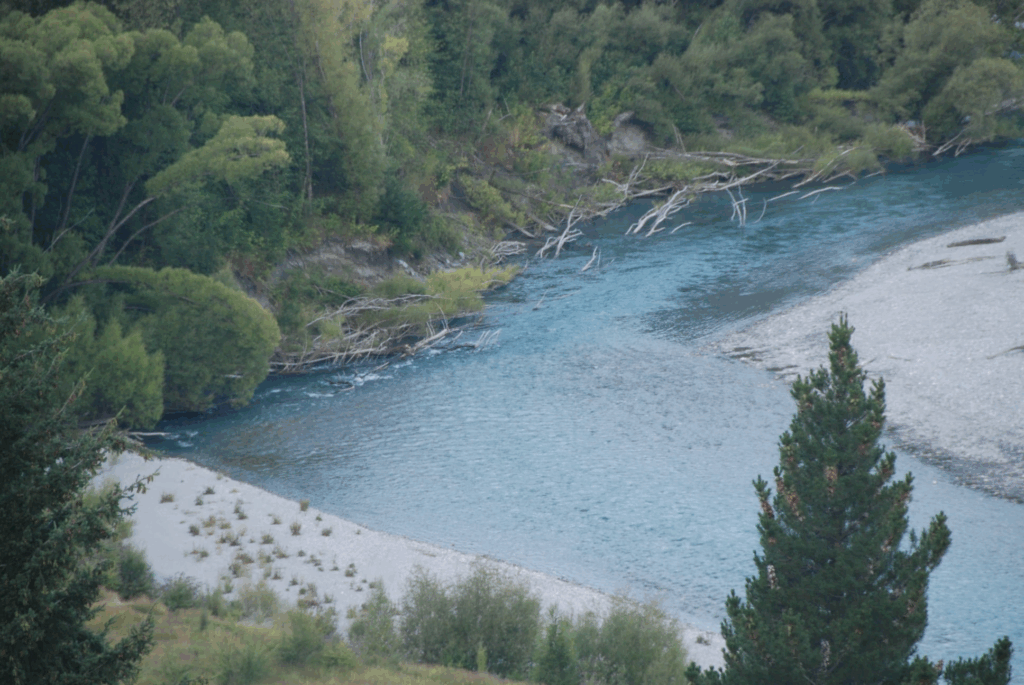
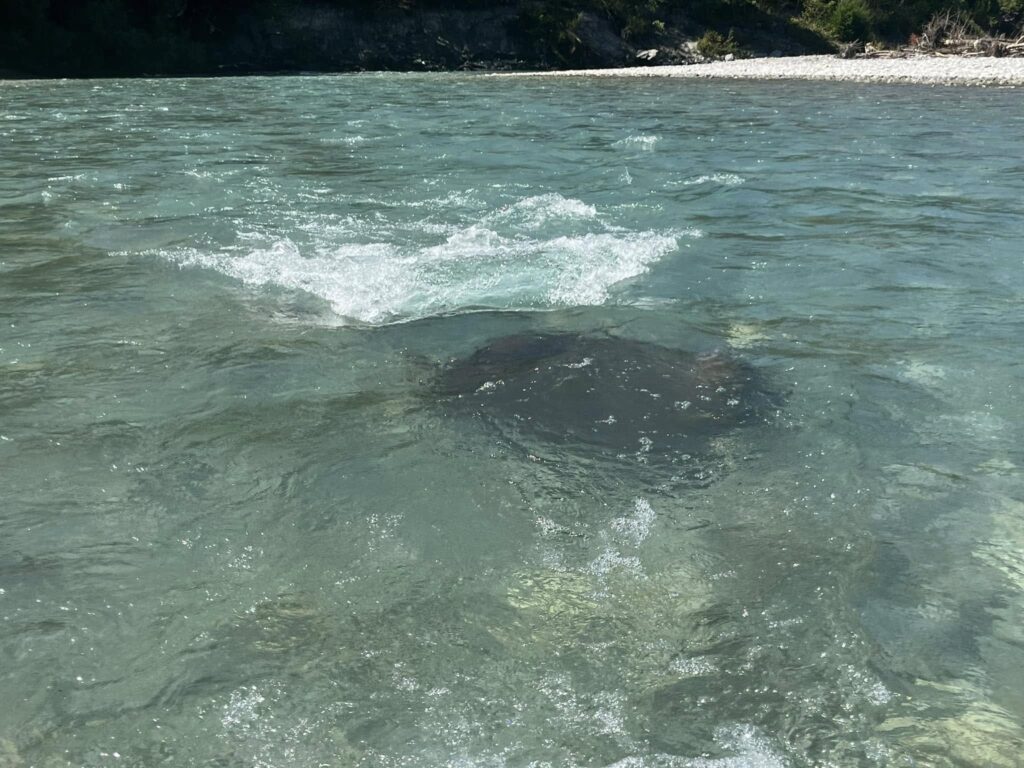
An explanation of some common river hazards and how to avoid them is included later on in this post.
Take the right equipment
- Personal Floatation Device (PFD/Lifejacket) that fits you. This is also a legal requirement.
- River shoes that provide grip and foot protection
- Personal watercraft & paddle. Swimming or floating without a paddle means it’s slower and more difficult to avoid hazards.
- Helmet. Wet rocks are slippery and slips or trips are common. Being knocked out in or near the water can be life-threatening.
Leave the beers until you’re off the water.
Go with someone who has gone before
It’s safer and more fun with experienced friends!
Solo paddlers are over-represented in accident statistics. On the river, you’re responsible for my safety, and I’m responsible for yours.
Summary info map:
Created by Andrew Blackford.
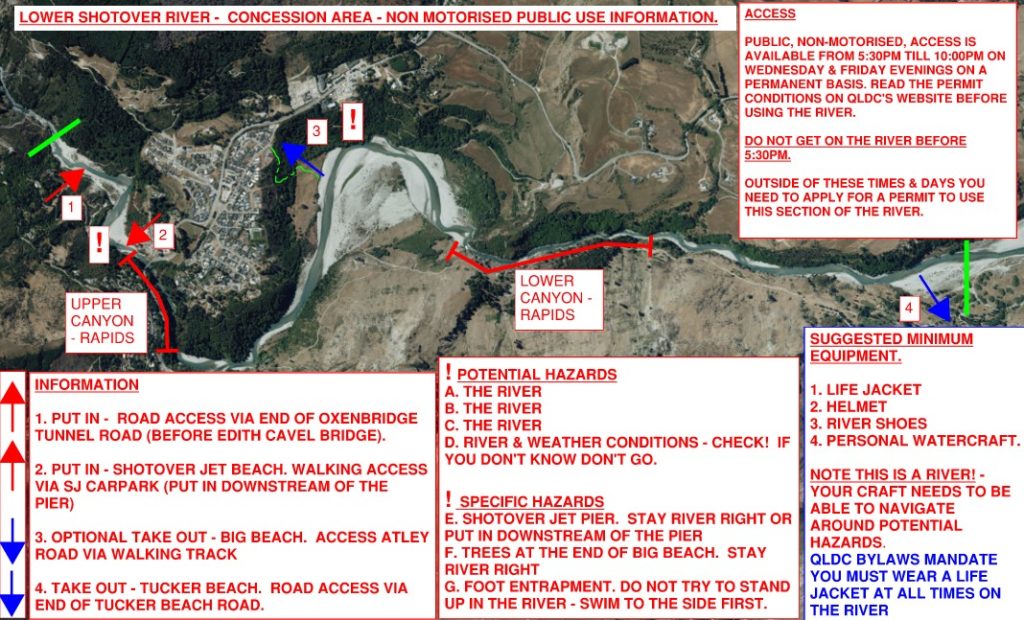
View Larger Topographic Map

Google Maps directions for put in / take out
- Oxenbridge Tunnel Road (gravel) – carpark
- Shotover Jet carpark
- Tuckers Beach recreation reserve/disc golf course – take out
There’s a few things called “Tuckers Beach” on Google Maps and Topographic maps – make sure you agree on the exact takeout spot with your group, or you might find yourself in the wrong place ;0)
A few more details about river hazards
Whilst being straightforward compared to many rivers, this section of the Shotover still has all the hazards you should expect in a river, which can easily cause serious injury or death.
On this section of the Shotover, there have been numerous near-misses involving un-prepared or unaware people.
Let’s all do our best to approach the river with the respect it deserves so everyone has a good time, and a safe time.
The following is not intended to put you off… But to give you an understanding of why respecting the river is important. In flowing water, things can go wrong very quickly
Strainers
Strainers are objects such as trees or rocks that allow water around and/or through, but ‘strain’ solid objects like people. Even in slow-moving rivers, the force of the water can easily hold you under,
In this bit of river, strainers include the trees at the end of big beach, and the shotover jet pier. Image by Dennis Behan / Friend of Shotover River Facebook.
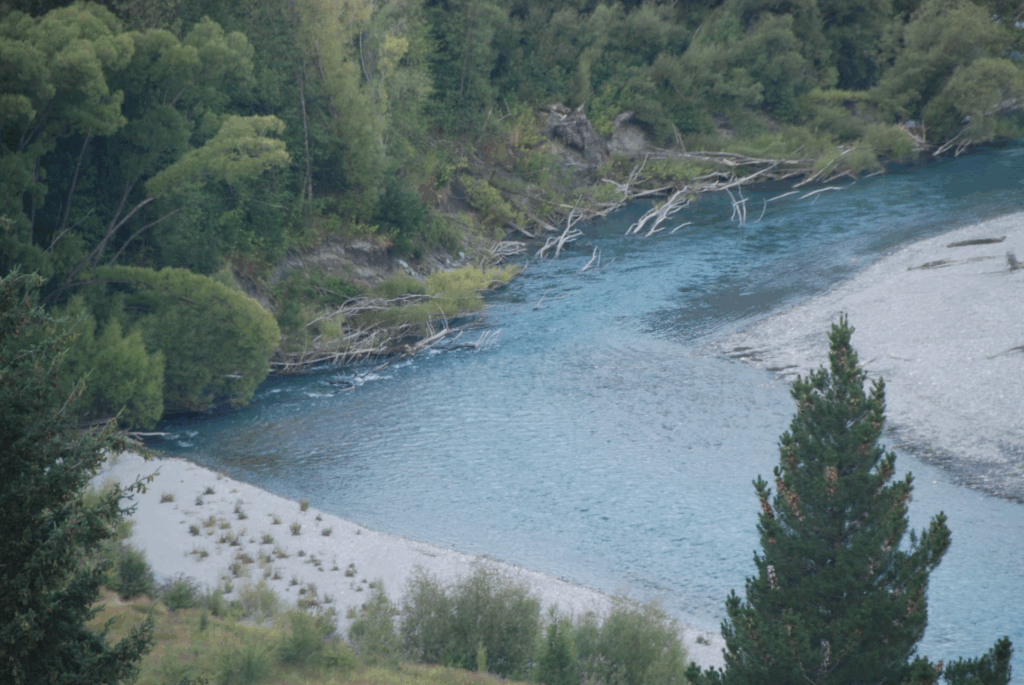
You can stay safe by keeping a good look out for these hazards, and moving sideways across the river so you don’t get swept into them. It is important to begin moving early; sometimes it takes longer than you think to get out of the way.
Check out this video for a visual explanation..
Foot entrapments
If you stand up in fast flowing water, your foot could get wedged under a rock or tree. The force of the water can push you over, and under.
This situation is immediately life-threatening, and requires a fast and coordinated team rescue response. Avoidance is by far the best tactic.
Never stand up in a river, unless the water is less than knee-deep, or is not moving.

Undercuts
An undercut is where water rushing against a rock wall has cut away some of the rock beneath the surface.
When the current pushes a boat against a rock wall, its easy to get tipped out. If the wall is undercut, the person can be forced under water, into the ‘cave’ behind. They could be held there by the force of the water, or entangled on a tree or other snag. Either way, the result can be deadly.
In the canyon, notice where the currents push against rock walls. Avoid being pushed against these rock walls by starting paddling early, pointing your watercraft away from the rock wall, and continuing to paddle assertively until you’re clear of the hazard.



